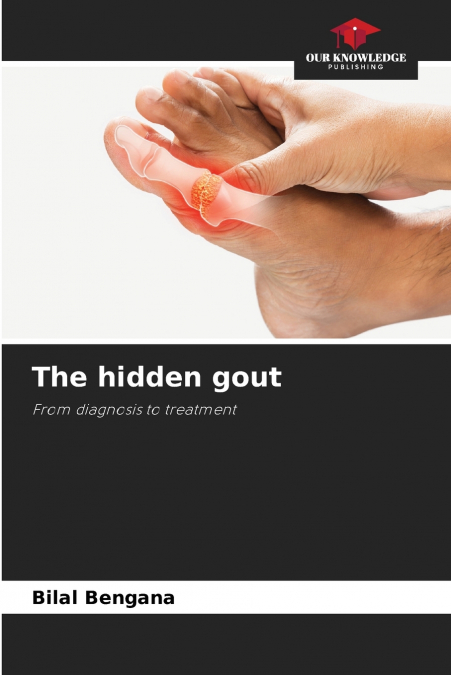
 Librería Perelló (Valencia)
Librería Perelló (Valencia)
 Librería Aciertas (Toledo)
Librería Aciertas (Toledo)
 El AlmaZen del Alquimista (Sevilla)
El AlmaZen del Alquimista (Sevilla)
 Librería Elías (Asturias)
Librería Elías (Asturias)
 Librería Kolima (Madrid)
Librería Kolima (Madrid)
 Donde los libros
Donde los libros
 Librería Proteo (Málaga)
Librería Proteo (Málaga)
Hyperuricemia is a frequent biochemical abnormality, often without clinical symptoms, which may indicate future gout, and is also associated with pathologies such as metabolic syndrome, hypertension and renal disease. In fact, most medical organizations recommend no hypouricemic therapy (HAT) as long as uricemia remains asymptomatic. However, it has been observed that a portion of the population with asymptomatic hyperuricemia (HUA) develops gout after a few years, due to genetic predisposition and unconfirmed risk factors. Thus, osteoarticular ultrasonography can be used to spot 'asymptomatic gout' by identifying signs of uratic deposits (DU) in individuals with HUA.